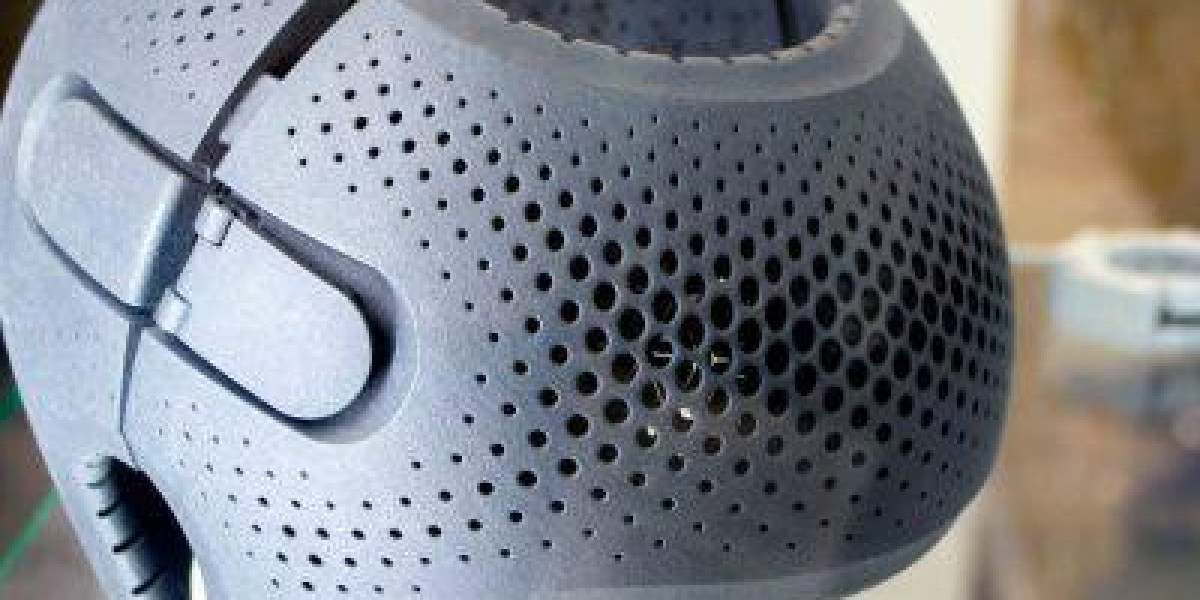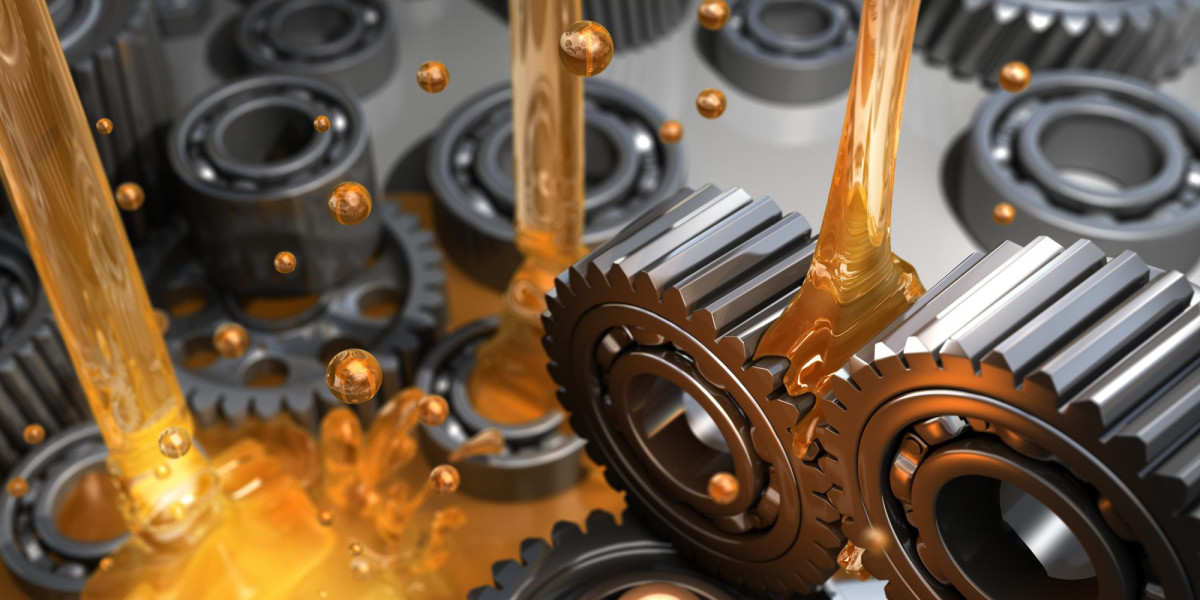In the ever-evolving world of 3D printing, manufacturers and designers are constantly seeking innovative ways to enhance the final product’s quality and appearance. One such breakthrough is vapor smoothing finishing, a process that improves the surface finish of 3D printed objects, giving them a professional, polished look and feel. This article will delve into what vapor smoothing is, how it works, its applications, benefits, and why it’s considered a game-changer in the additive manufacturing industry.
What is Vapor Smoothing Finishing?
Vapor smoothing is a post-processing technique used to refine the surface of 3D printed parts, eliminating visible layer lines and creating a smoother, more refined finish. Unlike traditional methods of smoothing, such as sanding or polishing, vapor smoothing uses a chemical vapor to dissolve the outer layer of the printed material. This results in a more uniform, glossy surface that mimics the appearance of injection-molded plastic.
The process is typically used on 3D printed parts made from thermoplastic materials like ABS (Acrylonitrile Butadiene Styrene), ASA (Acrylic Styrene Acrylonitrile), and other similar plastics that are sensitive to solvent vapors. By applying vapor to the surface, the outer layer of the print is softened and then smoothed, providing an aesthetically pleasing finish and, in many cases, improving the functional properties of the part as well.
How Vapor Smoothing Works
The process of vapor smoothing is relatively straightforward, yet effective. Here’s a breakdown of the steps involved:
Preparation of the Printed Part: The first step is to ensure that the 3D printed part is clean and free from any residual support material or contaminants. The part should also be cooled down to room temperature if it’s just been removed from the 3D printer.
Vapor Chamber Setup: The printed part is placed inside a vapor chamber, which is a sealed container designed to hold the part and the chemical solvent. The solvent used is typically a mild solvent like acetone, which vaporizes at a relatively low temperature.
Vapor Application: Once the chamber is sealed, the solvent is heated to the point where it starts to vaporize. The vapor then surrounds the part, softening the outer layers of the material. The part is left in the chamber for a specified amount of time to allow the vapor to work its magic. This process causes the surface layers to melt slightly, filling in any imperfections such as layer lines or rough edges.
Post-Vapor Treatment: After the desired finish is achieved, the part is carefully removed from the chamber and allowed to cool. The smooth surface will then have a glossy appearance, free from visible layer lines. Depending on the material and the intensity of the vapor, the finish can vary from a subtle satin sheen to a high-gloss, mirror-like finish.
Applications of Vapor Smoothing Finishing
Vapor smoothing has found a variety of applications in industries ranging from consumer products to aerospace and automotive manufacturing. Here are some key areas where vapor smoothing is making a significant impact:
1. Prototyping and Product Development
Vapor smoothing is widely used in the prototyping phase of product development, especially when designers need to evaluate the aesthetics and feel of a part. By providing a high-quality surface finish, vapor smoothing allows for more accurate evaluations of the product’s design, form, and function. This is particularly useful for designers working with consumer products where appearance plays a significant role in the product’s success.
2. Automotive Industry
In the automotive sector, 3D printed parts are increasingly used for both prototyping and end-use components. Vapor smoothing is ideal for creating high-quality automotive prototypes, where smooth, polished surfaces are necessary to represent the final product accurately. Additionally, vapor smoothing is used for producing parts like dashboard components, grilles, and custom fittings with a polished, injection-molded-like finish.
3. Aerospace
The aerospace industry relies on 3D printing for rapid prototyping, as well as for creating lightweight parts for aircraft. Vapor smoothing is particularly valuable in this industry because it can improve the surface finish of printed parts without adding significant weight. This is critical for parts that must adhere to strict weight limitations while also maintaining a high level of structural integrity and aesthetic quality.
4. Medical Devices
In the medical field, precision and hygiene are paramount. Vapor smoothing is used in the production of medical devices, surgical instruments, and implants where smooth, clean surfaces are essential to both functionality and safety. It helps reduce friction and prevents the accumulation of contaminants, ensuring the parts meet the necessary standards for medical applications.
5. Consumer Products
For consumer products, such as toys, gadgets, and home décor, vapor smoothing provides an affordable and efficient way to achieve a polished, high-quality finish. This process allows manufacturers to produce products that look and feel as though they were made using traditional molding techniques, but at a fraction of the cost and time.
Benefits of Vapor Smoothing
Vapor smoothing offers several distinct advantages over traditional finishing methods, such as sanding or polishing. Let’s take a look at some of the key benefits:
1. Improved Surface Finish
The most obvious benefit of vapor smoothing is the significant improvement in the surface finish of a 3D printed part. By eliminating layer lines and smoothing out rough edges, the final product looks far more polished and professional.
2. Time and Labor Savings
Traditional finishing methods like sanding and polishing can be time-consuming and labor-intensive. Vapor smoothing is a much faster process, allowing for efficient post-processing of large numbers of parts with minimal manual effort.
3. Enhanced Aesthetics
Vapor smoothing enhances the overall appearance of the part, often giving it a glossy, shiny, or even mirror-like finish. This can be crucial for products that need to look high-end or sleek, such as consumer electronics or jewelry.
4. Better Material Properties
In addition to improving the appearance of the part, vapor smoothing can enhance its material properties. By melting and smoothing the outer layers, the part may experience an increase in tensile strength and overall durability. This is particularly valuable for parts that will be subjected to stress or wear.
5. Cost-Effective
For manufacturers who rely on 3D printing, vapor smoothing can offer a cost-effective alternative to more traditional molding and finishing techniques. It requires fewer manual labor hours, and the equipment is relatively inexpensive compared to the cost of injection molding.
Challenges of Vapor Smoothing
While vapor smoothing is a powerful technique, it’s not without its challenges. One of the main hurdles is controlling the process to avoid over-smoothing the part, which could lead to a loss of fine details or structural integrity. The solvent used must also be carefully chosen to match the specific material being smoothed, as certain solvents can be too harsh for particular plastics. Lastly, the process may not be suitable for all types of 3D printing materials, especially more rigid materials that do not respond well to solvents.
Conclusion
Vapor smoothing finishing has rapidly become a popular post-processing technique in the world of 3D printing, offering a simple yet effective way to improve the surface quality of printed parts. With its ability to create a smooth, glossy, and professional finish, vapor smoothing is transforming industries from automotive to healthcare, allowing for faster prototyping, cost-effective production, and high-quality results. As the technology behind 3D printing continues to evolve, vapor smoothing will undoubtedly remain an essential tool for manufacturers looking to enhance the aesthetics and performance of their products.








